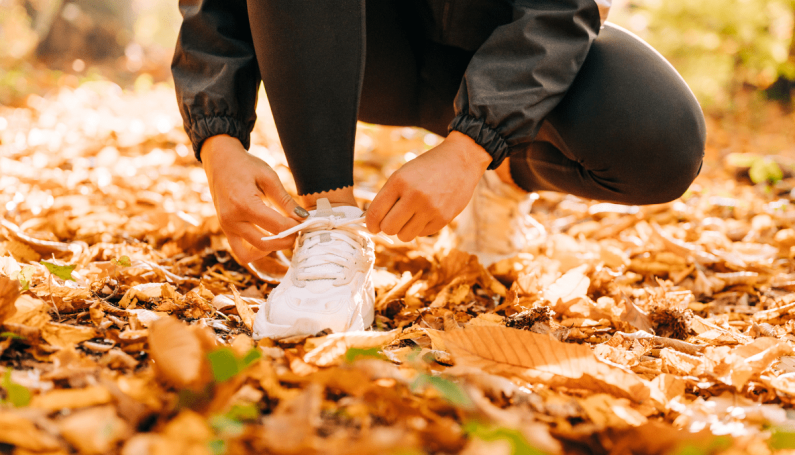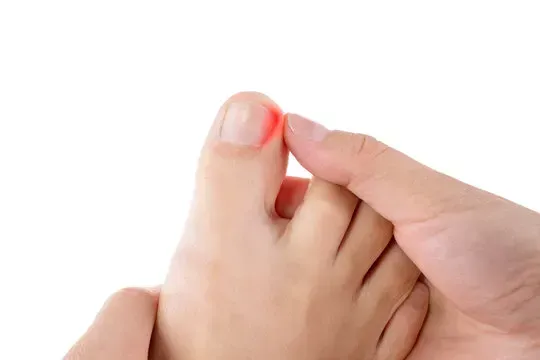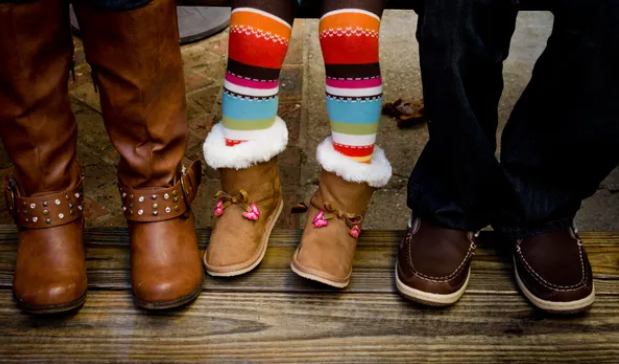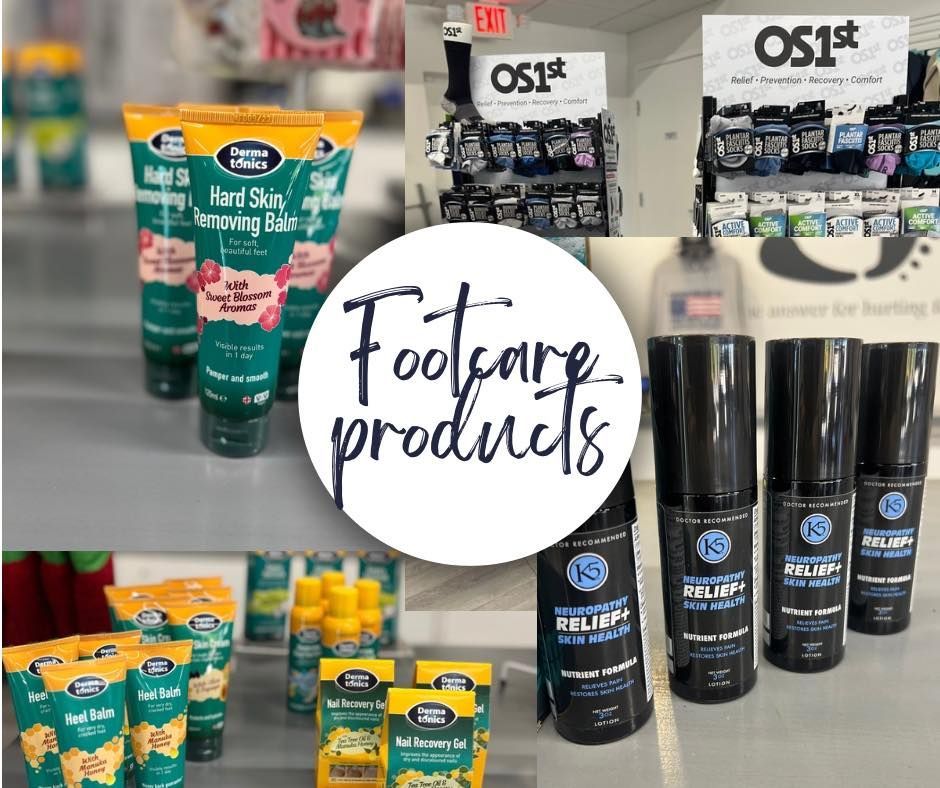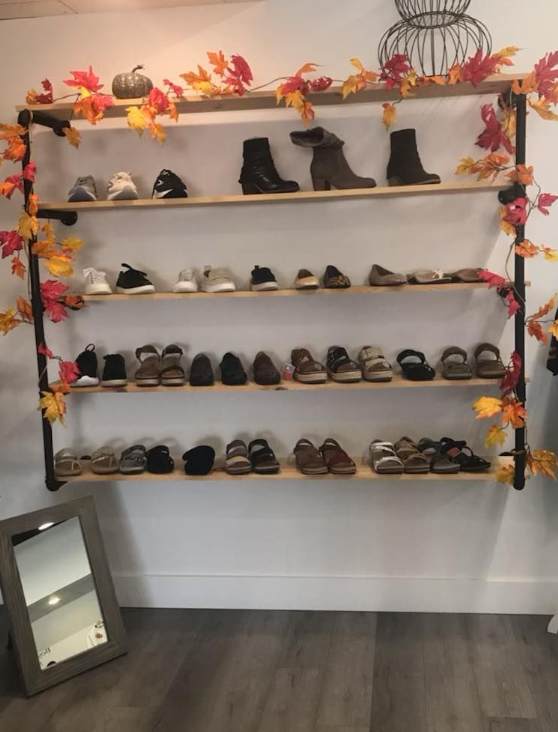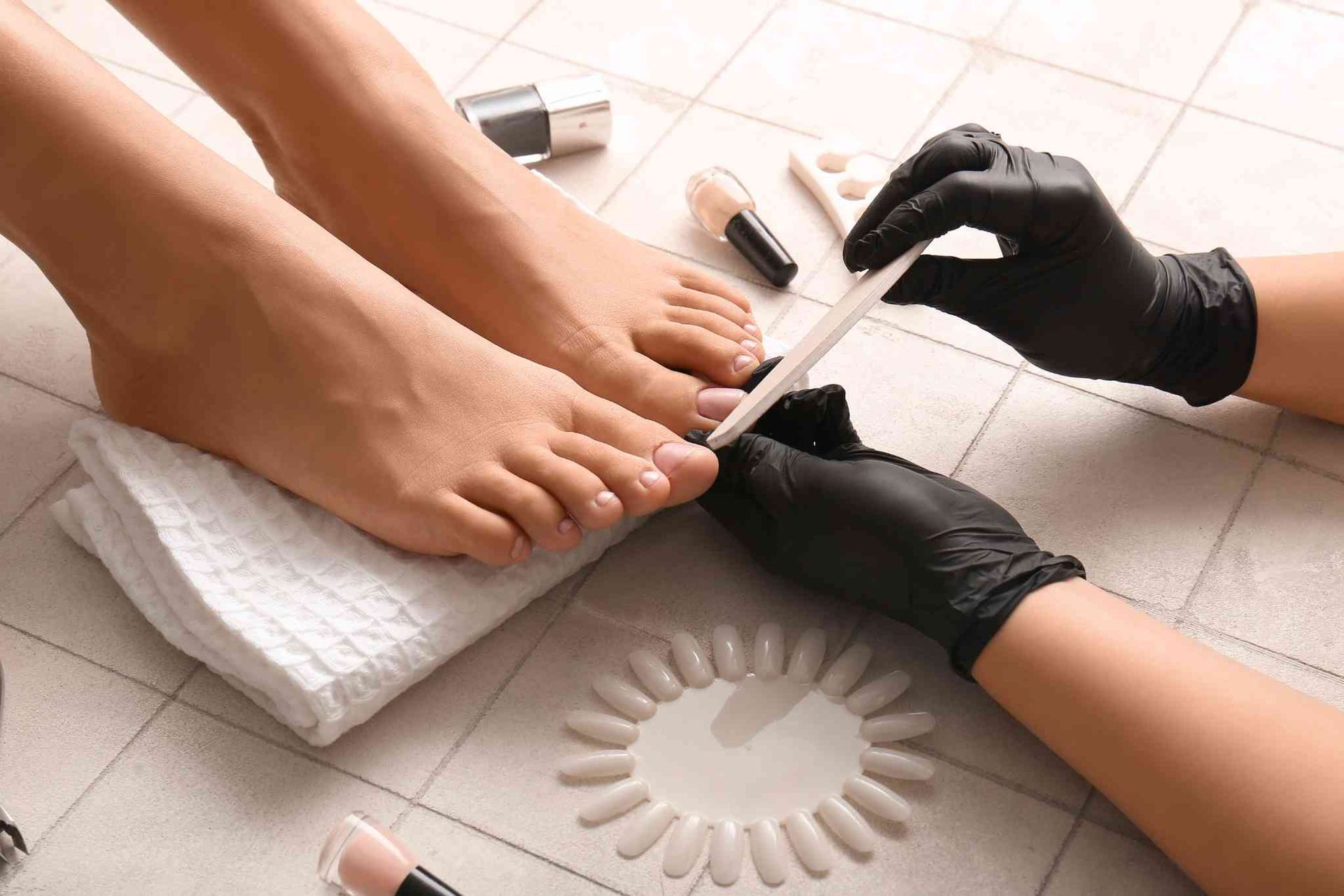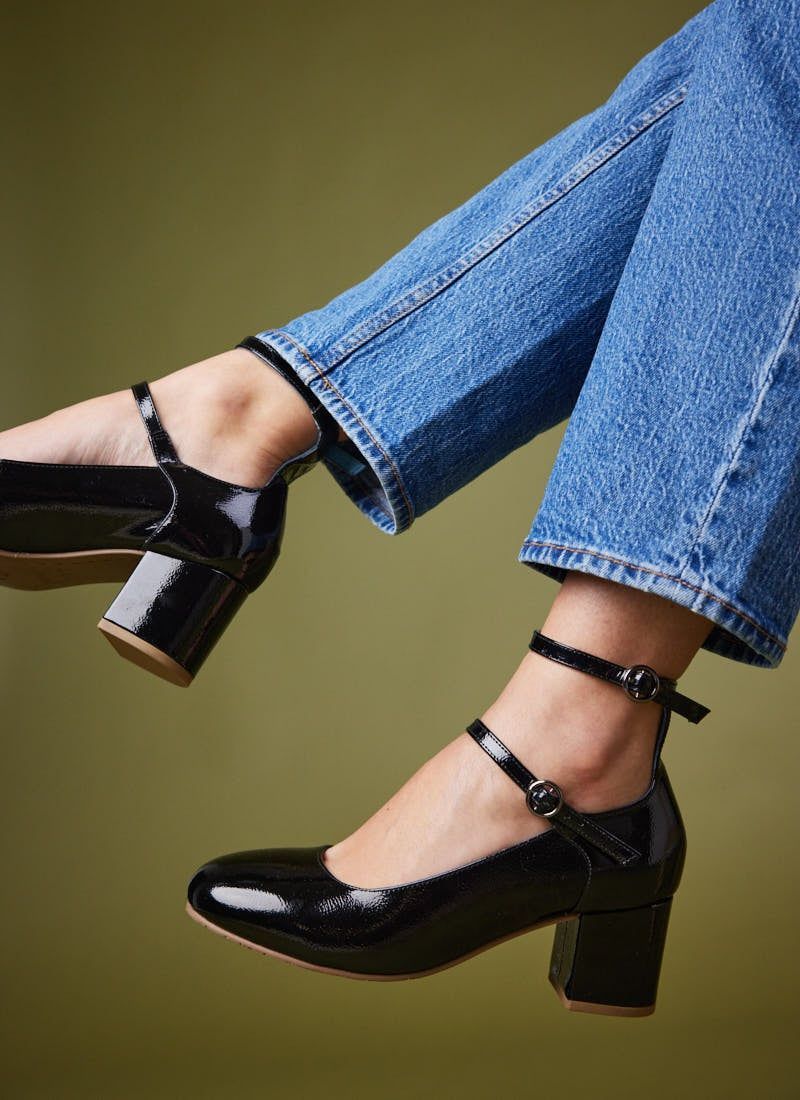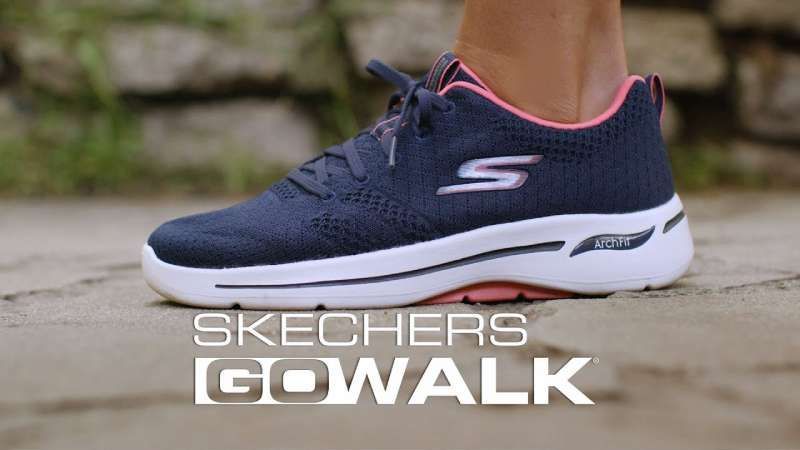Post Title
Step into the School Year:
A Parent’s Guide to Buying the Perfect Back-to-School Shoes for Kids
Back-to-school season is here, and that means fresh notebooks, new backpacks, and—of course—shoes that can keep up with growing feet and busy school days. Choosing the right pair of shoes is more than just a style decision—it’s about comfort, support, and making sure your kids are ready to tackle everything from recess to reading time.
Here’s your go-to guide to buying back-to-school shoes that make the grade:
1. Measure Before You Shop
Kids’ feet can grow fast—sometimes a full size over the summer! Before buying, measure both feet (one foot is often slightly bigger). Shoe stores often offer free sizing, or you can use a printable shoe size chart at home. Make sure there’s about a thumb’s width of space between the longest toe and the front of the shoe.
2. Choose Function Over Fashion (Mostly!)
Sure, your child might be begging for those light-up sneakers or the latest high-tops—but comfort and function should come first. Look for:
- Good arch support
- Breathable material
- Flexible soles
- Secure closures (like Velcro for younger kids or laces for older ones)
That said, letting them pick the color or style within those guidelines helps them feel involved—and more likely to actually wear them!
3. Test the Fit
Have your child walk, run, and jump in the shoes. They should feel stable and snug, but not tight. Watch out for slipping heels, pinching toes, or shoes that are too stiff. Don’t count on “breaking them in”—shoes should feel comfortable from day one.
4. Consider the School’s Dress Code
Some schools have uniform or dress code rules that limit shoe colors or types. Before shopping, double-check those guidelines to avoid last-minute returns.
5. Think About Daily Wear and Tear
Kids are tough on shoes! If your child is especially active, look for reinforced toes and durable outsoles. You may even want to buy two pairs—one for daily use and another for gym class or special occasions.
6. Set a Budget—but Plan for Quality
While it’s tempting to go for the cheapest pair (especially if you’re buying for multiple kids), investing in well-made shoes can save you money in the long run. Poorly made shoes wear out fast and can cause discomfort or even injury.
7. Time It Right
Shop later in the day when feet are more swollen (yes, even kids!). This gives a better idea of how shoes will feel after a full school day.
Bonus Tip: Don’t Toss the Old Shoes Right Away!
Even if your child has shiny new kicks, keep their old shoes around for a few weeks. They’re perfect for messy outdoor activities or backup on rainy days.
When it comes to finding high-quality, properly fitted shoes for your kids, Boger’s Shoes is your one-stop shop. With decades of experience, a family-friendly atmosphere, and knowledgeable staff who specialize in children’s footwear, Boger’s takes the guesswork out of shoe shopping.
We carry a wide selection of trusted brands, sizes for every age, and styles that both parents and kids love. Whether you need a sturdy sneaker, a gym class essential, or a shoe that meets uniform requirements, we’ve got you covered.
Stop by Boger’s Shoes today and give your child a confident step into the school year—comfortably and in style!

